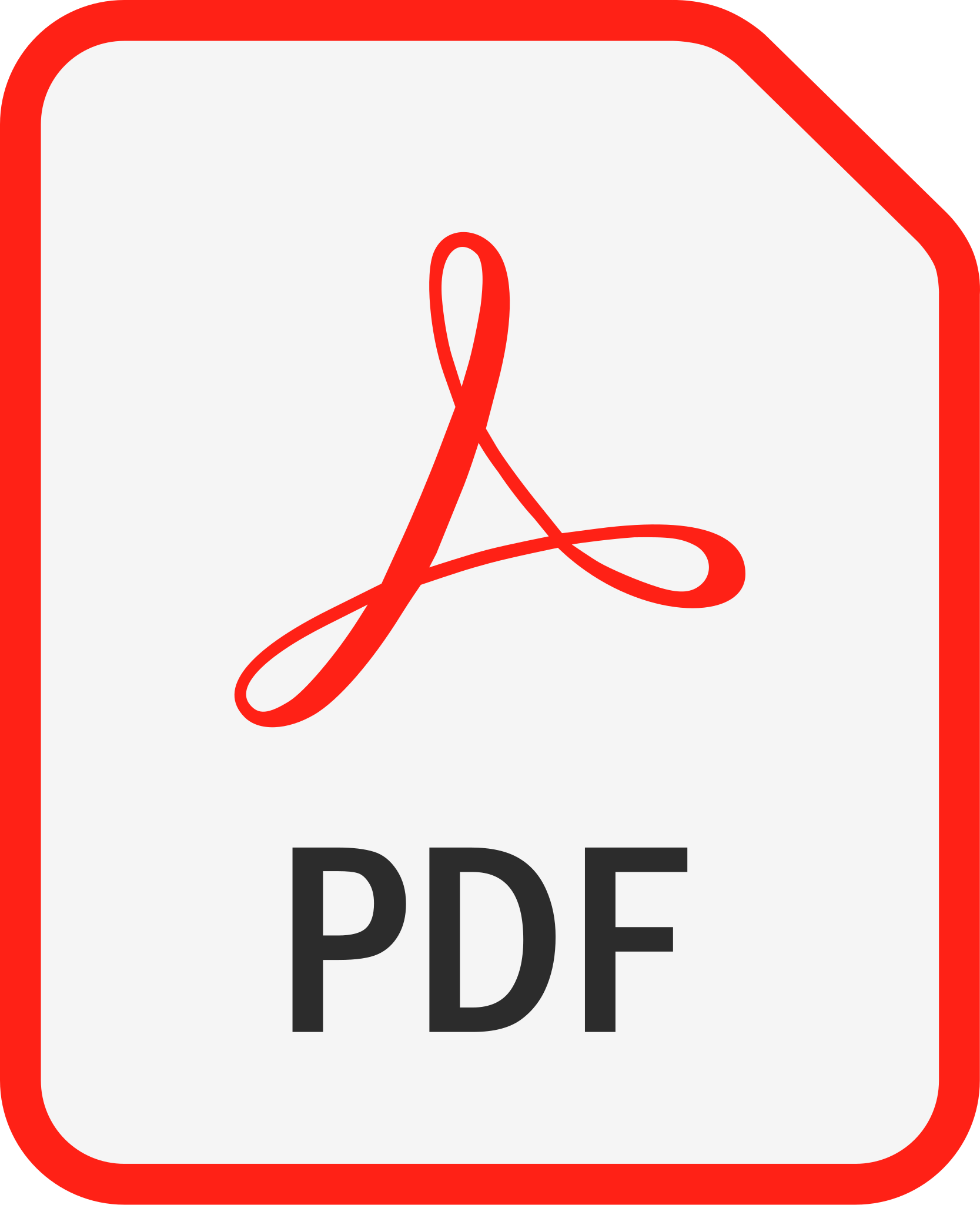TOGAF Enterprise Architecture Training Course(Foundation and Practitioner)
An excellent choice for professionals who deepen their understanding of enterprise architecture principles and practices.
- Experienced instructors with industry expertise
- Access to official guides and materials
- Covers all exam topics thoroughly
- Flexible study at your own pace
- Support for exam service
- Anytime access to study resources
What you'll learn
Training Course Outline
TOGAF Enterprise Architecture Training Course(Foundation and Practitioner)
1. M1 The Context for Enterprise Architecture
2. M2 Stakeholder Management
3. M3 Phase A TheStarting Point
4. M4 Architecture
5. M5 lmplementing the Architecture
6. M6 Architecture Change Management
7. M7 Requirements Management
8. M8 Supporting the ADMW
Training Options
Self Paced Learning
- Lifelong access to high-quality content
- Curated by industry experts
- Customized learning progress
- 24/7 learner assistance and support
- Follow the latest technology trends
Exam Dump
- 100% Real Exam Practice Tests
- 100% Verified Exam Questions & Answers
- 100% Guarantee Passing Rate
- Average 7 Days to Practice & Pass
Description
Offer a well-rounded preparation experience, increasing the likelihood of passing the TOGAF certification exam on the first attempt and obtaining the Applied Practitioner Badge.
Pre-requisites
The course has no specific prerequisites.

Prompt Engineering Essentials for Project Professionals PDF Free Download | SPOTO
Prompt Engineering Essentials for Project Professionals PDF Free Download | SPOTO
TOGAF Enterprise Architecture FAQs
What is enterprise architecture in TOGAF?
In TOGAF, enterprise architecture serves as a strategic methodology that enables organizations to establish their business objectives and integrate them seamlessly with architectural goals, particularly in the realm of enterprise software development. It offers a systematic framework to ensure that technological initiatives align with and advance the broader aims of the business.
What are the four types of architecture in TOGAF?
The TOGAF framework outlines four fundamental architecture domains: business, data, application, and technology. These domains provide the essential structure for the framework, though supplementary domains, such as security, can be included based on an organization’s specific requirements.
What are the 8 phases of TOGAF?
The TOGAF Architecture Development Method (ADM) consists of nine well-defined phases that guide the creation and management of enterprise architecture. These are:
- Preliminary Phase: Framework and Principles – Establishes the groundwork and principles for the architecture effort.
- Phase A: Architecture Vision – Defines the scope and vision for the architecture project.
- Phase B: Business Architecture – Develops a detailed view of the business structure and processes.
- Phase C: Information Systems Architectures – Focuses on data and application systems.
- Phase D: Technology Architecture – Designs the technological infrastructure.
- Phase E: Opportunities and Solutions – Identifies delivery options and solutions.
- Phase F: Migration Planning – Creates a roadmap for implementation.
- Phase G: Implementation Governance – Oversees the execution of the architecture.
- Phase H: Architecture Change Management – Manages ongoing updates and adaptations.
What is a framework in enterprise architecture?
An enterprise architecture framework (EA framework) is a cohesive suite of methodologies, processes, templates, and tools that assists teams in designing, planning, and constructing large-scale, enterprise-level systems. It offers a disciplined approach to ensure that an organization’s IT infrastructure and operations are strategically aligned with its business objectives, promoting consistency, scalability, and efficiency throughout the architectural process.
What are the components of TOGAF enterprise architecture?
TOGAF is built upon six key components that collectively facilitate the development and oversight of enterprise architecture. These components are:
- Architecture Development Method (ADM): A comprehensive, step-by-step process for building and managing enterprise architecture.
- ADM Guidelines and Techniques: A collection of practical strategies and tools to support the effective use of the ADM.
- Architecture Content Framework: A structured approach to organizing deliverables, artifacts, and building blocks essential to the architecture.
- Enterprise Continuum and Tools: A system for classifying and storing architectural assets to encourage their reuse across projects.
- TOGAF Reference Models: Predefined models based on industry standards that serve as a starting point for architecture development.
- Architecture Capability Framework: A set of resources and practices designed to establish and enhance an organization’s architecture capabilities.